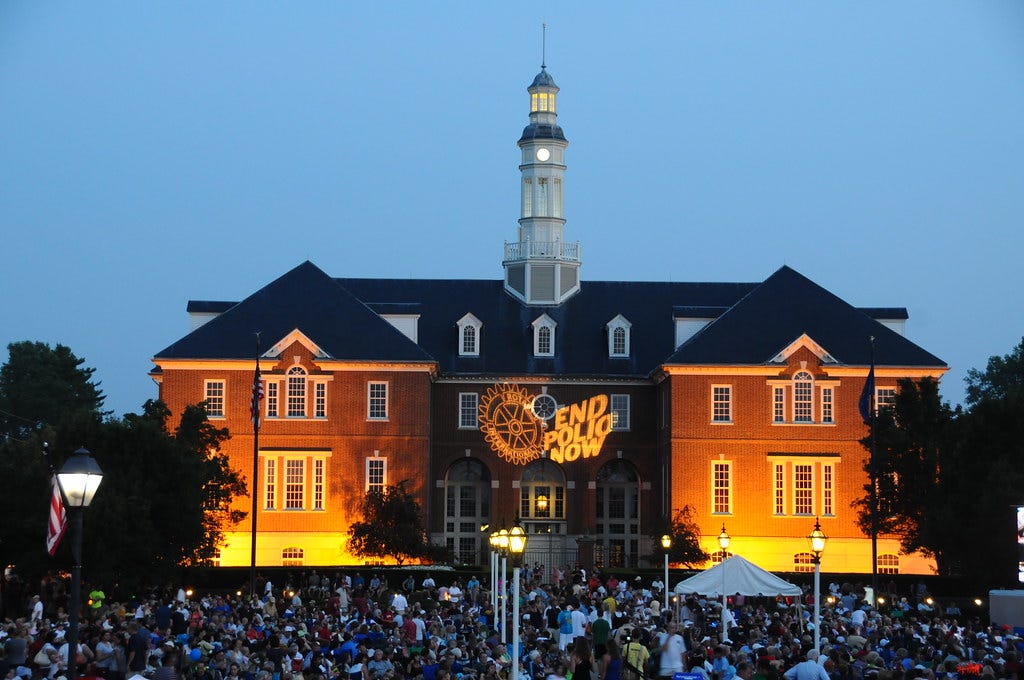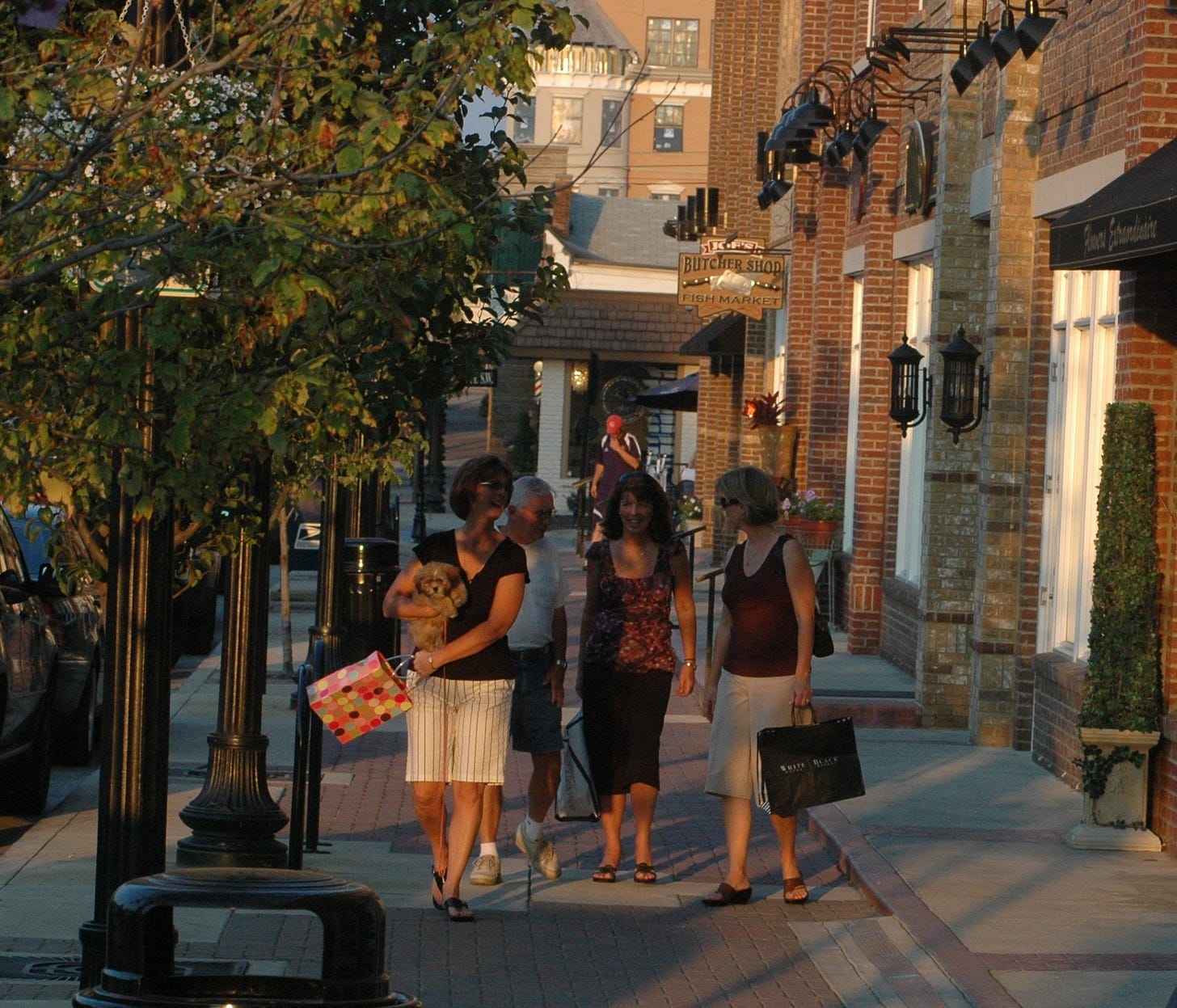Unlivable Cities: Traffic Lights Are Communist (and Roundabouts are Capitalist)
America's traffic is spiraling out of control due to over-regulation, not the number of cars.
How many times at rush hour have you approached a mass of cars at a red light and sat for 10, 20, 30 seconds while no one passes through the intersection? I assert that these needless stops and starts are what creates traffic in American cities, far more than the number of cars.
While you might not get as upset as me about the red light per se, I would bet my life savings that you wish you could move through traffic faster. What’s more, I’m equally confident that congested traffic gives people a negative perception of cities. A truly beautiful city is one that is not only gorgeous of appearance but exquisite in its day-to-day workings.
Throughout my childhood, my home town of Carmel, IN waged a war against traffic lights. By the time I graduated from high school, we were a two stop-light town of 100,000. Traffic had never been better despite a massive increase in population density.
Here in Austin, notorious for its horrendous traffic, there is a roundabout adjacent I-35 near my house. Guess which intersection never has more than two cars waiting. It has a sister traffic light opposite it that always has three or more cars waiting at the red light.
The problem of intersections is a purely economic problem. When multiple cars approach an intersection from multiple directions, how do you decide who goes first? The traffic light attempts to solve this problem through increasingly complex formulas and timing. Yet the drivers at the intersection will always have more accurate information than the traffic light, since it at best can sense the first one or two cars from each direction.
The other problem is that traffic light designers operate under the assumption that people are completely incapable of organizing themselves. They assume that without strict instructions about who can go where, people would simply plow right into each other. This is false.
People are quite competent at organizing themselves, especially when they have a couple of clear, sensible rules to organize. A group of people will sort themselves by height far faster than an individual telling each person where to stand in the line.
This is the round-about’s advantage. It presents two simple rules: 1) yield to cars in the circle and pedestrians and 2) always drive counter-clockwise. This allows people to enter the intersection as they approach, so long as the intersection is clear. Additionally, people can turn left from multiple directions simultaneously, while another turns right and a fourth goes straight.

I also contend that roundabouts increase safety. Since intersections are cleared faster, speed limits may remain low without negatively impacting travel time. Austin has speed limits some 10-20 mph higher on average than Carmel, IN, yet the same distance can be covered faster in Carmel. Carmel also has narrower streets, allowing for wider sidewalks in the same space.
But the greatest benefit of roundabouts in my opinion is their ability to beautify a city. Traffic lights are hideous concrete deserts with wires swinging and metal poles projecting every which way. The center of roundabouts, on the other hand, present a perfect place for public art or decorative flowers. Indianapolis’ most iconic monument lies at the center of a large traffic circle downtown.

The second best part of roundabouts is that the benefits are simply legion. As The New York Times reported, roundabouts have fewer injuries and deaths, lower emissions (due to less idling, and, more importantly, cleaner air and reduced travel costs for residents), vastly lower maintenance costs (no electricity means no electric bills), and the infrastructure is resistant to disasters. A circular block of cement works just as well in a blackout as with power.
Why aren’t roundabouts more popular?
Well, in Carmel, they are. Mayor Brainard has been re-elected seven times. And Carmel isn’t just the easiest to drive around. This year, it was the second safest suburb in America, its high school ranks #394 out of 17,843 in the nation, and the town is perhaps the most consistently beautiful town in America.
These pictures do not do justice to the city. I will take more pictures when I next visit and share them.







